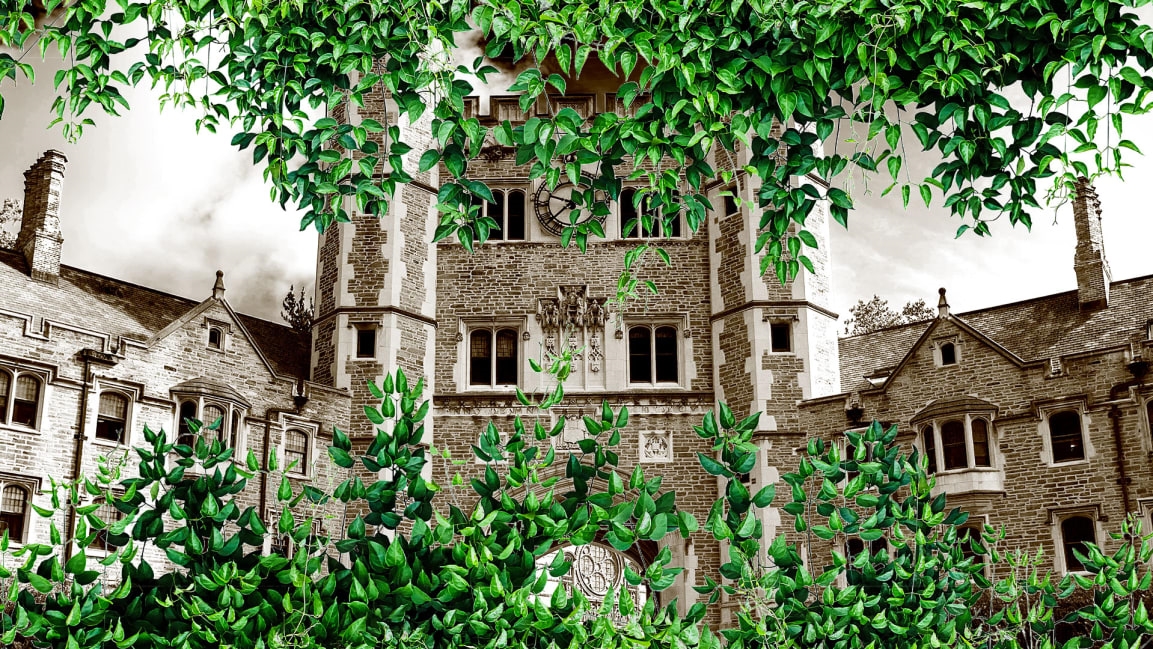Some Ivy League schools are hiding acceptance rates as students await their fates
Amid rumbles of disruption for the college admissions industry—between the Varsity Blues scandal, the Harvard anti-Asian discrimination lawsuit, and the culling of SAT score reports during the COVID pandemic—a new class of students is nervously awaiting its fate, with all Ivy League universities and a host of schools to release decisions this evening.
But a number of Ivy Leagues—three, to be exact—won’t be revealing their acceptance rates, a classic barometer for how “tough” it is to be admitted. This year, Princeton University, the University of Pennsylvania, and Cornell University will withhold that specific figure, thus joining schools like Stanford, which stopped offering it in 2018, claiming that it wanted to downplay the prestige of those single-digit percentages.
They will still share data, such as how many people applied, and the expected size of the first-year class. But it’s not just a simple math problem to calculate acceptance rates, as not every acceptee enrolls. (If matriculation rates are given—then a couple equations could get you the answer.)
But for Princeton and Co., that’s hardly the point. Recent years have cast a critical eye upon how college admissions are decided, and the cultural zeitgeist is turning anti-establishment. Against that backdrop, the mysterious, unpredictable rules by which the iron gates of elite institutions swing shut are seemingly emblematic. A publicized 1% acceptance rate—certainly possible, as rates are functions of how many people apply each year—could become not just a rallying cry for admissions reform, but also a dispiriting specter for talented individuals from all walks of life and corners of earth.
“We know this information raises the anxiety level of prospective students and their families and, unfortunately, may discourage some prospective students from applying,” Princeton wrote on its website. And according to the Wall Street Journal, admission officers agree that low acceptance rates can fan flames of panic among high school seniors and their parents, or perpetuate the myth that getting into good colleges is impossible.
It’s not impossible—but still a challenge. Last year, Harvard accepted a record-low 3.4% of its 57,435 total applicants. That was as a cohort of fellow Ivys, including Harvard, Yale, and Princeton, fielded a never-before-seen flood of applications—likely due to typically mandatory standardized test score submissions becoming optional, in light of the pandemic. According to the Common App, which works with a vast network of colleges, highly selective schools (those that accept under 50% of applicants) saw the greatest surge in applications during the 2020-2021 cycle.
Harvard, Yale, Dartmouth, Columbia, and Brown will still release acceptance rates this year.
(27)



